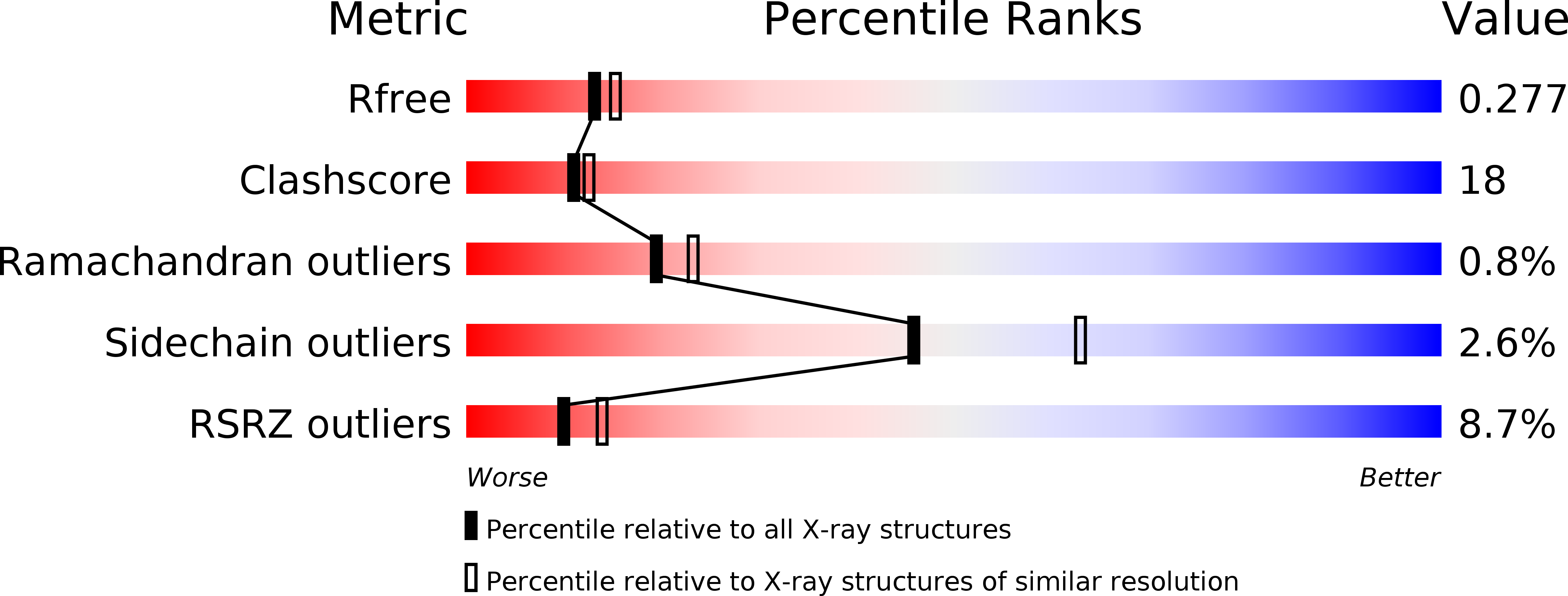
Deposition Date
2000-04-06
Release Date
2000-09-08
Last Version Date
2024-11-06
Entry Detail
PDB ID:
1EQW
Keywords:
Title:
CRYSTAL STRUCTURE OF SALMONELLA TYPHIMURIUM CU,ZN SUPEROXIDE DISMUTASE
Biological Source:
Source Organism:
Salmonella typhimurium (Taxon ID: 602)
Host Organism:
Method Details:
Experimental Method:
Resolution:
2.30 Å
R-Value Free:
0.28
R-Value Work:
0.22
R-Value Observed:
0.22
Space Group:
C 1 2 1


